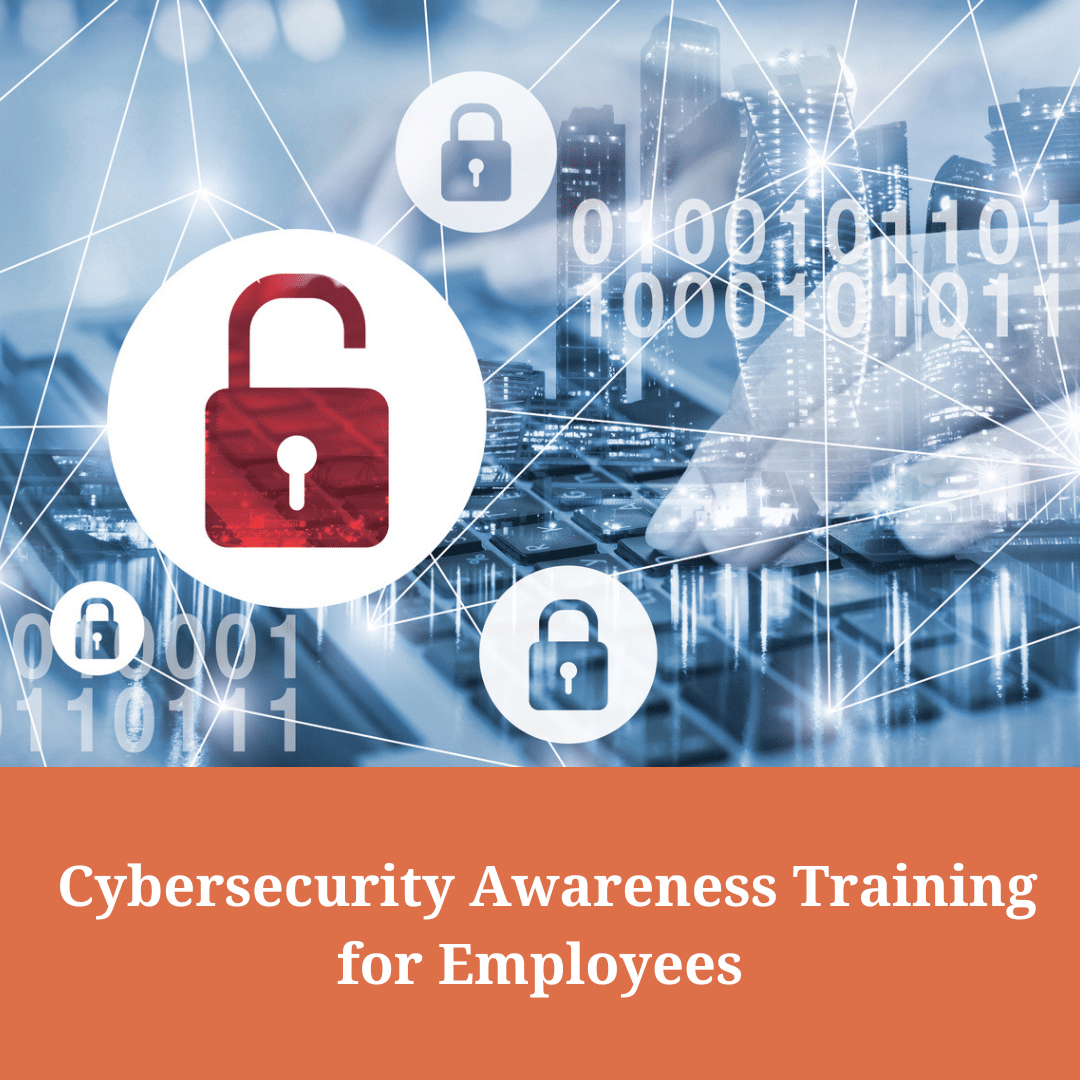The hallmark of the Visory experience, our dedicated team of professionals provides a high degree of support for all your IT needs
Leading edge solutions that are always working to maintain the integrity of your firm’s IT backbone
Best in class security to protect your firm’s data and technology
Tips, advice, and industry insight from our team of accountants and business owners to yours.
Bypass the wait time and access Visory’s Obsessive Client Support®
Take your business to new heights with Visory’s flexible QuickBooks hosting solutions
The same Sage you work in every day, only better
An affordable CRM for small- and medium-sized businesses, built to support your sales, marketing and customer service needs
Revolutionize your next tax season with added efficiency and mobility
Liscio mobile app streamlines client communications and makes security automatic.
Access critical applications that are integrated seamlessly into your workflow, conveniently hosted on the same server
Access affordable enterprise-grade hosting solutions with none of the IT burden

We’ll help you develop and implement the right cybersecurity policies and protocols to keep your firm secure and in compliance with regulatory guidance
We’re here to manage your firm’s IT activity, safeguarding the integrity of your infrastructure and devices, so you don’t have to
We’ll help you develop and implement the right cybersecurity policies and protocols to keep your firm secure and in compliance with regulatory guidance
Security that ensures everyone granted access is who they claim to be
Educate and train your most important last line of defense – your people with Visory and industry-leading KnowBe4.
Protection where people and their machines intersect
Secure access to your data with multiple verification checks on identity, reduce the risk of compromise, prevent cyberthreats
Get started on a robust security plan with a WISP for your business

IRS 4557
Complying with state and federal privacy regulations and more
Lorem ipsum dolor sit amet, consetetur sadipscing elitr, sed diam nonumy
Lorem ipsum dolor sit amet, consetetur sadipscing elitr, sed diam nonumy
Lorem ipsum dolor sit amet, consetetur sadipscing elitr, sed diam nonumy
Lorem ipsum dolor sit amet, consetetur sadipscing elitr, sed diam nonumy
Lorem ipsum dolor sit amet, consetetur sadipscing elitr, sed diam nonumy

Keeping your company safe, starts at the human level. Businesses need to go beyond simple password security and other protocols. The best way to train employees to defend against hackers is to get them thinking like one.
A recent Harvard Business Review Article recommends you throw out everything you’ve heard about hackers by the media and the entertainment industry because it’s too narrow a view used to portray cybercriminals.
Instead, you’d be better served to look at hackers as good people who are creative, persistent, and resourceful.
If your son or daughter has attended coding camp, then they’ve taken the first step to hacking. Hackers think in digital terms with curiosity, persistence, problem-solving, and resourcefulness to figure out the ins and outs of technology. They also understand its limitations and understand every software can have vulnerabilities and that a healthy mistrust of systems is important. Hackers are always on the lookout for vulnerabilities, which is the point of this exercise.
Here are a few ideas, beyond the security training and protocol you’ve established (let’s hope you’ve established), HBR suggests the following:
Hold a hackathon
Encourage employees to examine your business computing operations to identify vulnerabilities. Everyone should participate from the receptionist to the C-Suite. Often less formally trained employees will ask questions others may make assumptions about.
This also helps avoid tunnel vision and groupthink and gets them thinking creatively about security. Gamify the whole program with prizes for the best creativity around cyber hygiene, best practices, and protocols.
Role Play
Come up with a fictitious incident and ask employees how they would react to the situation to determine if excellent communication and ideas are in play. Security awareness training and phishing simulations go hand in hand. Phishing has become very sophisticated and almost undetectable, as criminals have found ways to make their emails as realistic as possible. Have teams rank emails on their level of believability and present their conclusions to one another to support their evidence. Phishing simulations test employees on how they would respond to a real-life phishing attack.
Team Up
Put people from different departments on the same team, so they start thinking strategically by coming from the viewpoint of their various job focus.
Even if you have a top-notch security team in place, bringing in outsiders can help because when the same people are looking at the same codebase or dashboard every day, it’s only a matter of time before something important gets overlooked.
When cross-company teams are set to an exercise like this, it helps build community and a shared purpose, which, according to the author, are robust defenses when it comes to cybersecurity. A check-the-box approach to training is not sufficient. Neither is overwhelming staff with technical information with the hopes of ensuring long term retention and participation. The trick, according to PrivSec Report, is to improve engagement using methods grounded in behavioral science to change behavior. Simply imparting information from the company to the employee doesn’t ensure that the information has been taken on board or that it will be acted upon.

Cybersecurity 101: The Basics Explained

How Well Are You Protected Against Cyber Threats? Take our 5-Minute Cybersecurity Assessment.

The What, Why and How of a Cyber Attack

Don’t Gamble with SEC Compliance: Assessing Your IT Vendor’s Capabilities





